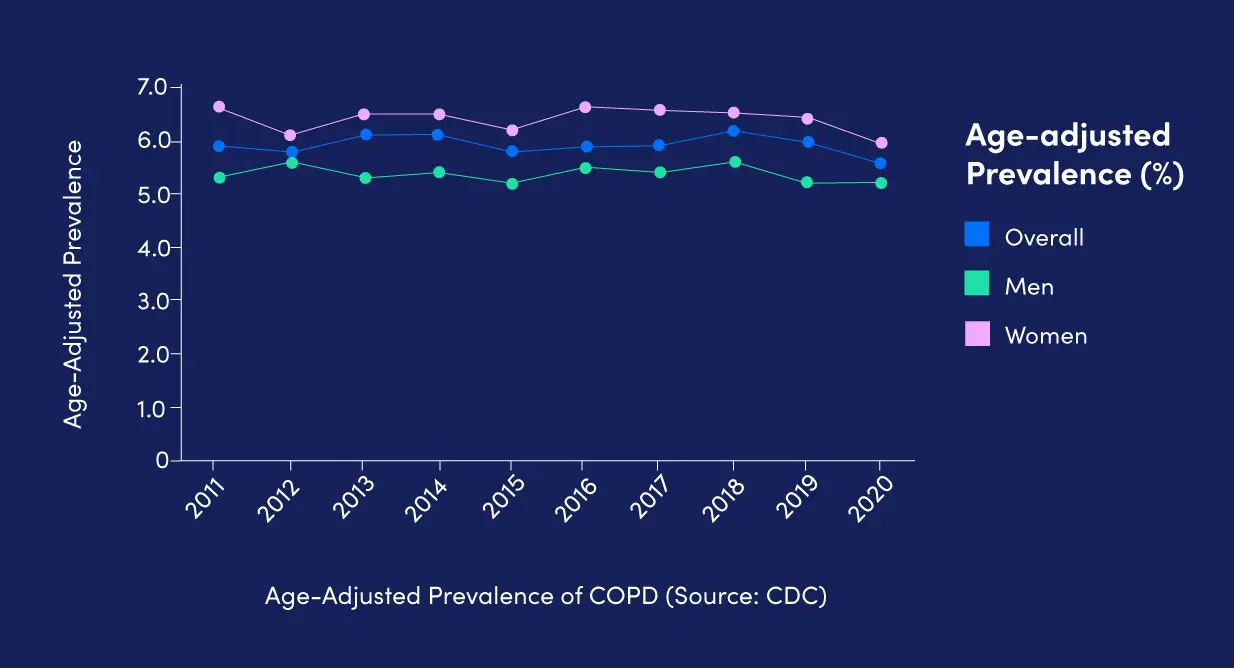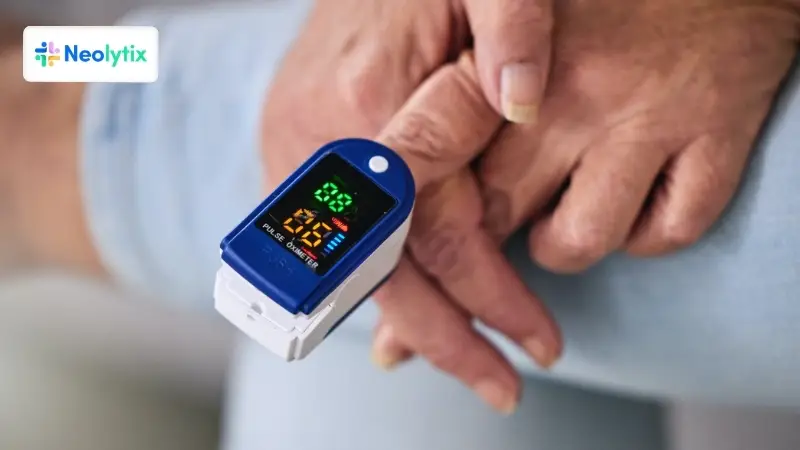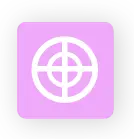According to the World Health Organization, Chronic Obstructive Pulmonary Disease (COPD) is the third leading cause of death worldwide. In the US, according to the Centers for Disease Control and Prevention (CDC), COPD is the fourth leading cause of death.
With the goal of improving patient health and preventing hospitalizations from COPD, remote patient monitoring (RPM) has emerged as a transformative solution. This article explores how RPM, particularly through the use of pulse oximeters, can revolutionize the care and quality of life for individuals suffering from this debilitating disease.

COPD Exacerbation: A Constant Threat
COPD primarily comprises two main conditions: emphysema and chronic bronchitis. Emphysema involves damage to the air sacs (alveoli) in the lungs, making it hard for individuals to exhale air properly, while chronic bronchitis is characterized by inflammation and narrowing of the bronchial tubes, leading to mucus buildup and chronic cough. COPD exacerbations, or flare-ups, occur when symptoms suddenly become much worse, usually triggered by infections or environmental pollutants.
These exacerbations can significantly impair breathing, further damage lung tissue, and necessitate urgent medical attention to manage and stabilize the patient’s condition.
The Role of Remote Patient Monitoring (RPM) in COPD Management
RPM is a healthcare delivery method that uses digital technologies to monitor and capture medical and other health data from patients in one location and electronically transmit that information securely to healthcare providers in a different location for assessment and recommendations.
This innovative approach is particularly beneficial for patients with chronic obstructive pulmonary disease (COPD), as it allows for continuous monitoring of their condition, enabling timely interventions to prevent exacerbations.
To anticipate exacerbations, both physiological and spirometric assessments are employed, which encompass variations in pulse rate, peripheral oxygen saturation, blood pressure, body temperature, and the forced expiratory volume in the first second (FEV1), among others.
In a recent study of 126 patients who were using RPM 12 months prior to the study, RPM led to a significantly lower rate of unplanned hospitalizations per patient per year.
Pulse Oximeter: A Vital Tool in COPD Management

COPD exacerbations (ECOPD), characterized by a sudden worsening of symptoms, can lead to significant complications, hospitalizations, and even death. Early detection and intervention are crucial to managing these exacerbations. RPM facilitates this by providing healthcare providers with real-time data, enabling them to detect early signs of exacerbation and intervene before the condition worsens.
A pulse oximeter is a non-invasive monitoring device that measures the oxygen saturation level (SpO2) in the patient’s blood. For patients with COPD, maintaining an adequate oxygen level is crucial. The pulse oximeter provides vital information that can help manage the disease more effectively.
Through RPM, data collected by pulse oximeters can be instantly shared with healthcare providers, allowing for continuous monitoring of the patient’s oxygen levels and enabling adjustments to treatment plans as needed.
Remote Patient Monitoring (RPM): The Future of COPD Care
The integration of remote patient monitoring devices in the management of COPD, particularly through the use of pulse oximeters, represents a significant advancement in healthcare. By providing continuous, real-time monitoring, RPM enables healthcare providers to deliver personalized, proactive care.
This not only helps in preventing hospitalizations due to COPD exacerbations but also significantly improves the quality of life for patients with chronic obstructive pulmonary disease.
Neoltyix offers healthcare organizations an easy transition to offer Remote Patient Monitoring to their patients without putting additional strain on their resources. Neolytix offers:
- No upfront investments
- Fees for successful reimbursements only
- Complementary claims submission and billing
- Medicare-approved device distribution
- Patient training
- Monitoring and EHR integration
Schedule a demo today to see how RPM can boost reimbursement revenue, improve patient outcomes, and increase reimbursements without demanding excessive resources from your organization.
FAQs
Patients with COPD are generally eligible for RPM programs, especially those with a history of exacerbations or those considered at high risk for hospitalizations. However, participation requirements may include access to a compatible device (like a pulse oximeter), the ability to use the device correctly, and a stable internet connection to transmit data to healthcare providers.
Communication in an RPM program is facilitated through a secure platform that complies with healthcare privacy laws, such as HIPAA, in the United States. Patients can transmit their health data directly to their healthcare providers, who can then review the information and provide feedback, adjustments to treatment plans, or direct communication through telehealth visits, messages, or calls, ensuring timely and effective management of the patient's COPD condition.
Yes, Remote Patient Monitoring (RPM) can significantly contribute to reducing the frequency of COPD exacerbations. By enabling continuous monitoring of critical parameters such as oxygen saturation, heart rate, and respiratory patterns, RPM allows healthcare providers to identify subtle changes that may indicate the onset of an exacerbation.
Early intervention, guided by these real-time data insights, can help adjust treatment plans promptly, thus preventing exacerbations from escalating and reducing the overall frequency of these potentially life-threatening events.
Schedule a free consultation to learn more
Complete the form, and someone from our team will contact you!



